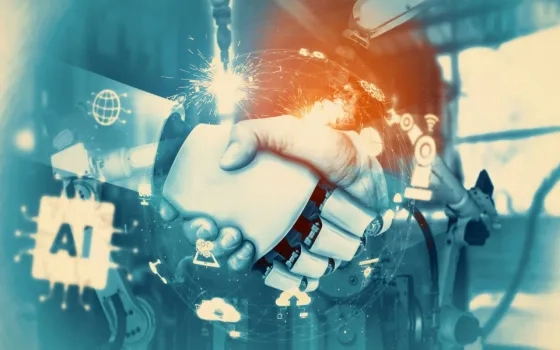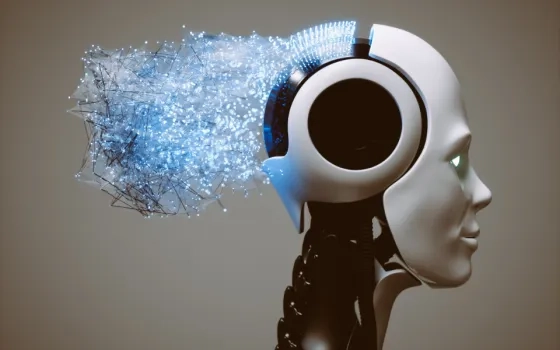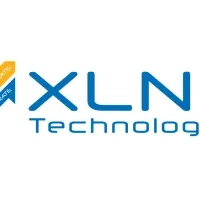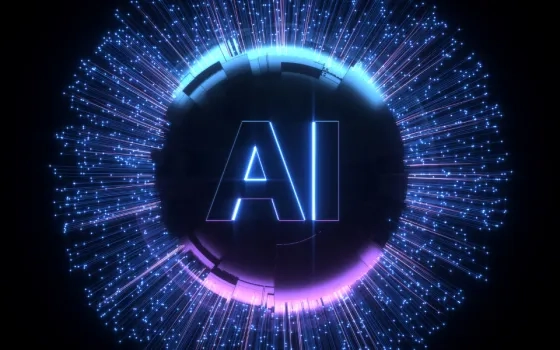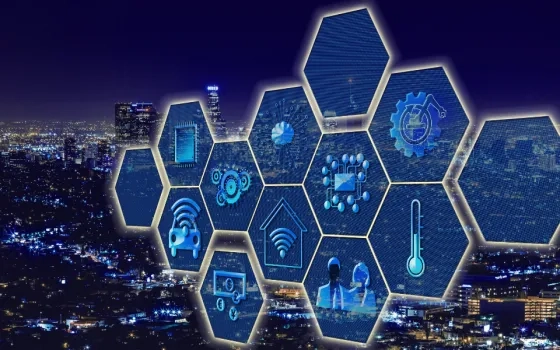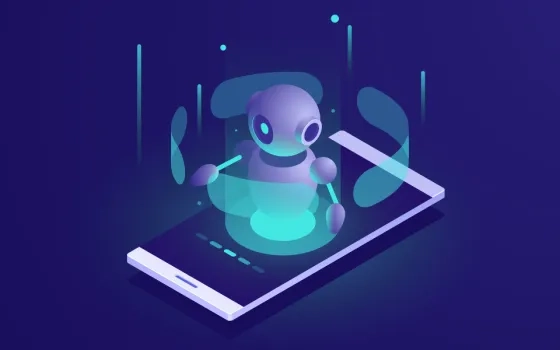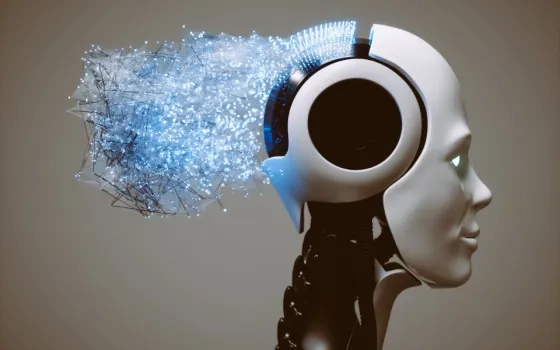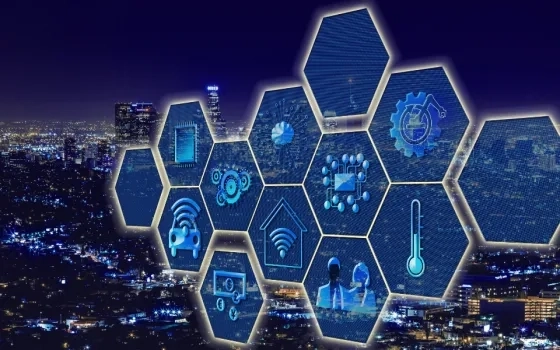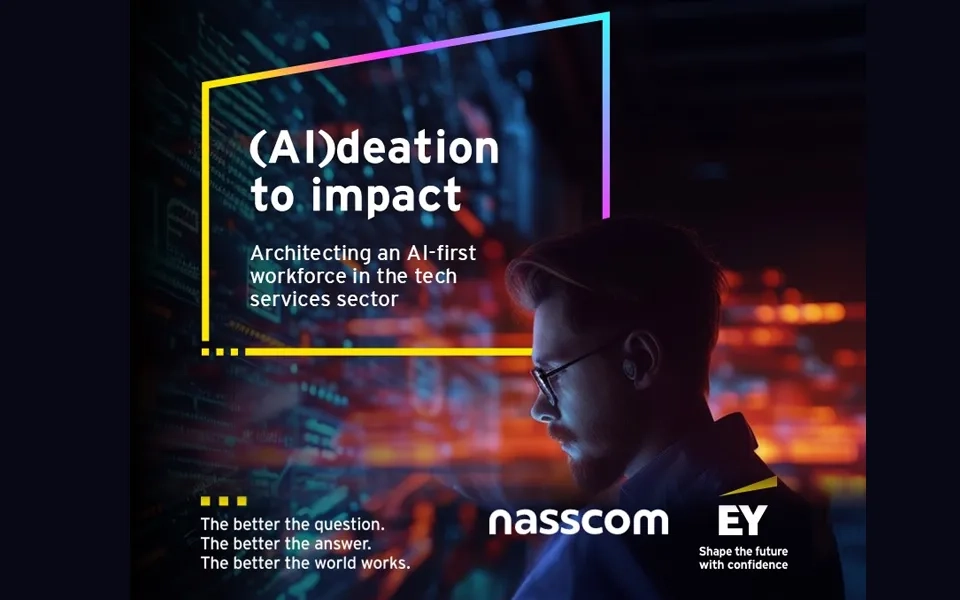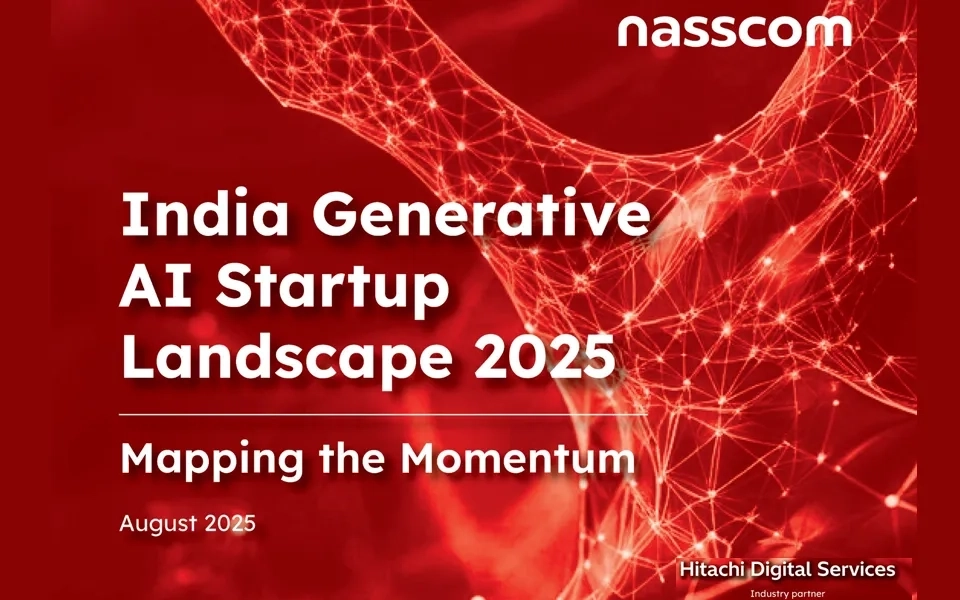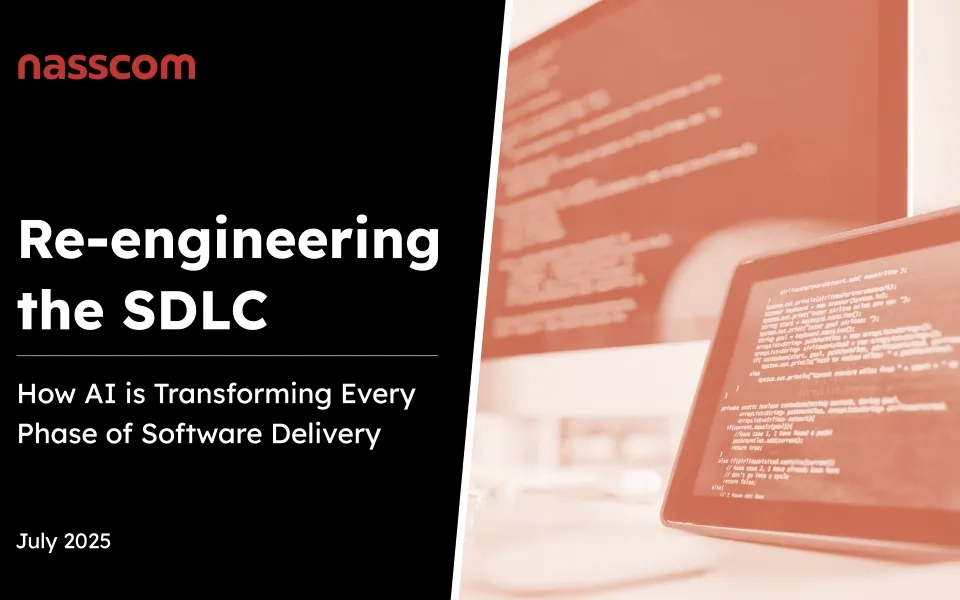RPA (robotic process automation) and GenAI (generative artificial intelligence) are automation technologies that are increasingly being used to streamline business processes and improve efficiency. Some use cases for RPA include automating manual data entry, processing invoices, orchestrating workflows, and performing customer service tasks. GenAI, on the other hand, can be used to automate more complex tasks such as drug discovery, image recognition, and natural language understanding. Both RPA and GenAI have the potential to revolutionize the way businesses operate. When these technologies join forces, a symphony of automation emerges, unlocking a future of unparalleled efficiency, innovation, and intelligent decision-making.
RPA—The Taskmaster
Imagine a tireless digital assistant meticulously handling monotonous tasks—that's RPA, in essence. It automates repetitive, rule-based processes across various departments, freeing human employees to focus on more strategic initiatives. Think data entry, invoice processing, scheduling appointments, pulling/pushing data across multiple systems, or generating reports – these are all prime candidates for RPA intervention.
Benefits of RPA
- Increased efficiency: RPA eliminates human error and completes tasks significantly faster, boosting overall productivity.
- Reduced costs: Automating manual tasks translates to cost savings on labor and resources.
- Improved accuracy: Removing the human element from repetitive tasks minimizes errors and ensures consistent outcomes.
- Enhanced scalability: RPA solutions can be easily scaled up or down depending on workload fluctuations.
GenAI—The Creative Catalyst
GenAI, on the other hand, is a transformative force that goes beyond automation. It delves into content creation and complex data analysis. Imagine a system that can generate realistic images and text, translate languages with nuanced understanding, or analyze vast datasets to uncover hidden patterns. That's the power of GenAI.
Capabilities of GenAI
- Content creation: GenAI can generate realistic text formats—emails, reports, marketing copy—freeing up human creativity for higher-level tasks.
- Data analysis: GenAI excels at identifying patterns and insights from complex datasets, empowering businesses to make data-driven decisions.
- Natural language processing (NLP): GenAI can understand and respond to human language with remarkable accuracy, paving the way for more natural and efficient human-machine interactions.
Perfect Harmony—Use Cases for RPA and GenAI
True magic unfolds when these two technologies are brought together. Here's a closer look at some compelling use cases that showcase the synergistic power of RPA and GenAI.
- Revolutionizing customer service
- Enhanced chatbots: Imagine chatbots that not only use RPA to collect customer information across multiple systems or applications to respond to customer queries but also generate personalized responses informed by GenAI's understanding of customer history and context. This creates a seamless, natural interaction, fostering enhanced customer satisfaction.
- Automated ticket routing: GenAI can analyze customer inquiries and route them to the appropriate support teams, while RPA automates ticket management and resolution processes. This ensures faster issue resolution and improved customer satisfaction.
- Sentiment analysis: GenAI can analyze customer feedback from various channels (emails, social media) to gauge sentiment and identify recurring issues. RPA can then automate the process of collecting and categorizing this feedback for actionable insights.
- Optimizing business operations
- Intelligent data management: RPA automates data extraction and processing from disparate sources, while GenAI analyzes the data to identify trends, inconsistencies, and potential issues. This empowers businesses to make data-driven decisions for optimized inventory management, targeted marketing campaigns, and improved resource allocation.
- Automated report generation: RPA streamlines the process of generating reports by gathering data from various sources. GenAI can then analyze the data and generate insightful reports with clear visualizations, providing valuable information for strategic decision-making.
- Fraud detection and prevention: GenAI can analyze financial transactions and identify patterns indicative of fraudulent activity. RPA can then automate the process of flagging suspicious transactions for further investigation, mitigating financial losses.
- Transforming industries - Healthcare
- Medical image analysis: GenAI can analyze medical images (X-rays, MRIs) with remarkable speed and accuracy, aiding in faster and more accurate diagnoses. RPA can then manage image databases and patient records, streamlining medical workflows.
- Personalized patient care: GenAI chatbots can understand patient queries and schedule appointments, while RPA automates tasks like data entry and appointment confirmations. This not only improves patient experience but also frees up healthcare professionals for more critical tasks.
- Automated patient summaries: GenAI can create patient summaries based on medical records, lab reports, and prescriptions to help doctors focus more on patients. RPA bots can pull and push data to and from EHR (electronic health records) systems, including patient summaries generated using GenAI.
- Supply chain management
- Demand forecasting: GenAI can analyze historical data and market trends to predict future demand patterns. RPA can then optimize inventory levels and order processing based on these forecasts, minimizing disruptions and ensuring product availability.
- Route optimization: GenAI can analyze real-time data (traffic patterns, weather conditions) to optimize delivery routes, ensuring timely and efficient product deliveries. RPA can manage logistics and automate shipment tracking.
- Enhanced visibility: GenAI and RPA allow unparalleled visibility into every facet of the supply chain. From raw material to final delivery, RPA bots powered by GenAI can track and monitor operations in real time, so it is easy to anticipate what’s behind every corner and adjust supply chain operations accordingly.
- Product development
- Unlocking innovation with GenAI
- Concept generation and ideation: GenAI can be used to generate new product ideas based on existing market data, customer feedback, and competitor analysis. It can create a diverse set of concepts, exploring different functionalities and designs, sparking creative brainstorming sessions within product teams.
- Rapid prototyping and design iteration: GenAI can be used to generate mockups and prototypes based on initial design concepts. This allows for rapid iteration and testing of different design solutions before committing significant resources to development. By analyzing user feedback on these prototypes, GenAI can further refine the design, leading to a more user-friendly and market-ready product.
- Predictive analytics for market success: GenAI can analyze vast datasets of market research, competitor analysis, and social media sentiment to predict potential market reception for a new product. This information can be used to inform pricing strategies, marketing campaigns, and product positioning, increasing the likelihood of successful product launches.
By embracing RPA and Gen AI as collaborative tools, product development teams can achieve a new level of efficiency, creativity, and data-driven decision-making, ultimately leading to the creation of innovative products that meet and exceed customer expectations.
- Empowering collaboration
The key takeaway lies in the collaborative nature of RPA and Gen AI. This partnership is not designed to replace human ingenuity; instead, it empowers product development teams by automating mundane tasks and providing valuable data-driven insights. By leveraging these tools strategically while maintaining human oversight and creative control, businesses can unlock a future of massive productivity gains, high cost savings, and groundbreaking product development, ensuring a competitive edge and products that resonate deeply with customers.
The future of business belongs to those who embrace automation and leverage its power to create a symphony of human and machine intelligence. Let RPA and Gen AI be the instruments in your orchestra, composing a masterpiece of efficiency, innovation, and success.



